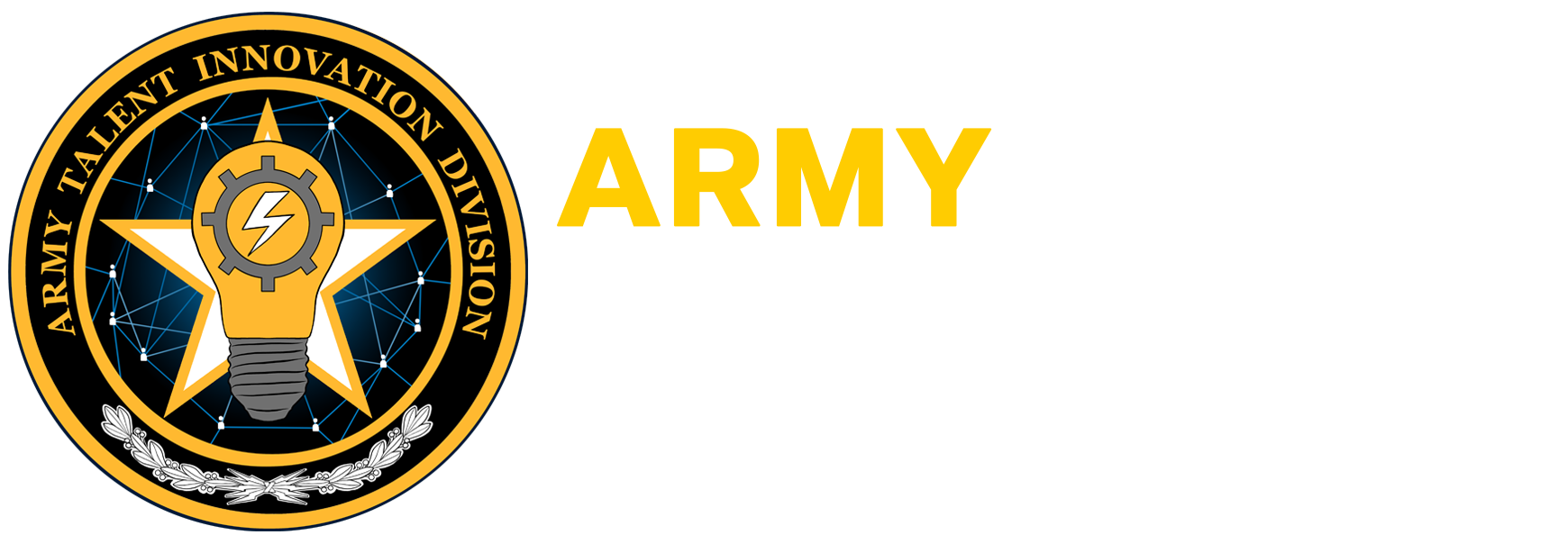(West Point, NY, 19 November 2014) – A team of Army economics and foreign policy analysts recently published their recommendations for the Army’s “Regionally Aligned Forces” effort. Titled “Creating an Effective Regional Alignment Strategy for the U.S. Army,” the 22-page monograph cites the critical role of talent management in the creation of effective forward deployed units. While the entire publication is available here, the executive summary which follows highlights the authors’ major recommendations:
As the war in Afghanistan draws to a close, the U.S. Army is increasingly focused upon “regionally aligning” its forces. Clearly, current leaders believe that regionally aligned, culturally fluent forces will improve the Army’s ability to “prevent, shape, and win” as part of the larger joint force. Yet, despite talk about regional alignment, the Army has taken few concrete steps to prepare for this dramatic change. While enormous in its implications, the Army’s current regional alignment plan seems to be little more than directing units to “focus regionally” and aligning them with the appropriate combatant command. While regionally tailored equipment packages and deeper relationships with local allies are likely to follow, creating formations with the expertise to dominate in regional missions is a far larger challenge—a human capital one. To meet that challenge effectively, the Army must undertake several initiatives.
First, it must acknowledge and liberate the unique productive capabilities (talents) of each individual. Every person has a particular talent distribution—a unique intersection of skills, knowledge, and behaviors that create optimal levels of performance—provided that person is employed in positions that liberate his or her particular talents. Unfortunately, the Army’s current personnel system is unable to align talents against work requirements because it has an incomplete picture of both. Such ambiguity forces the Army’s personnel system to treat people as interchangeable parts. This prevents optimal employment, stymies professional growth, and hampers both individual and organizational productivity. This will surely prevent regionally aligned units from reaching their optimal operational capabilities.
Second, the Army must shift from process-oriented, industrial age personnel management to productivity-focused, information age talent management. With the right data, supporting policies, and robust information management systems, the Army can more effectively manage soldier and civilian talents across the full spectrum of land combat demands.Whether the future fight is conventional, shifts toward space and cyber, or demands the newest warfighting function of “engagement,” talent management can align the right expertise against any challenge and at minimal cost.
Third, the Army must foster enduring human relationships between its organizations and the governments, militaries, and populations to which they are regionally aligned. Soldiers need sufficient time to build strong interpersonal relationships with people in their mission area. During the recent wars in Iraq and Afghanistan, for example, one of the most daunting challenges for a newly deployed brigade combat team (BCT) was establishing such relationships with local tribes, governments, police, military leaders, and their own higher headquarters. While the previous unit may have nurtured these relationships, each newly deployed brigade had to start trust building with locals from scratch.
Fourth, the Army must redesign its Army Force Generation (ARFORGEN) Model to create regional expertise at both individual and organizational levels. Today’s three-phased ARFORGEN cycle “locks down” the population of each BCT as it moves from the “train/ready” force pool to the “available” force pool. The intent is to enhance unit cohesion during deployment. Redeployment then shatters that cohesion as soldiers move en masse to their next assignments. In other words, ARFORGEN creates “all or nothing” units whipsawing in and out of the proverbial “band of excellence.” Its outsized focus upon “plug and play” interchangeability fails to leverage each soldier’s uniqueness. As a result, ARFORGEN is ill-suited to producing stable, culturally fluent, mission-tailored forces to meet regional challenges.
Lastly, the Army must ensure that regional alignment does not degrade the worldwide “flex” capabilities of its forces. As the nation’s principal land force, the Army provides a full range of capabilities to combatant commanders in a joint, interagency, intergovernmental, and multinational environment. Regionally aligned units must maintain mastery of such capabilities—they cannot allow their core competencies to atrophy. In other words, overspecialization could leave the Army unable to respond to unforeseen contingencies. The pace of global change and the ambiguity of the global threat environment may demand units to pivot rapidly from one region to another and from one mission set to another.
In summary, appropriately expert human capital is the lynch-pin to regional success, and only a genuine talent management system can provide it. If the Army truly intends to prevail against the threats of an increasingly uncertain global environment, it must move beyond the “talk” and actually “walk the walk” of regional alignment. Talent management will be critical to success.
